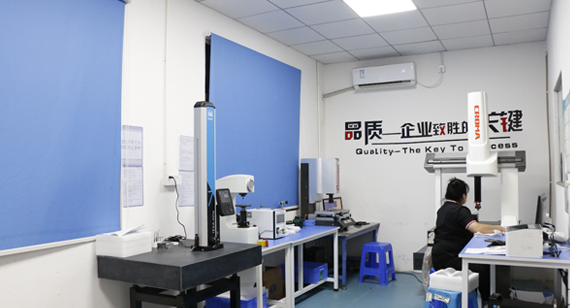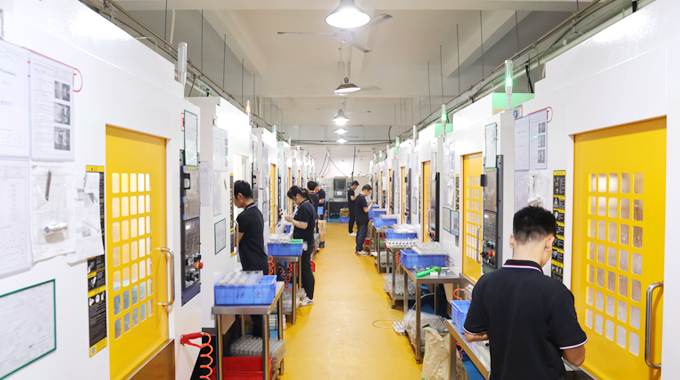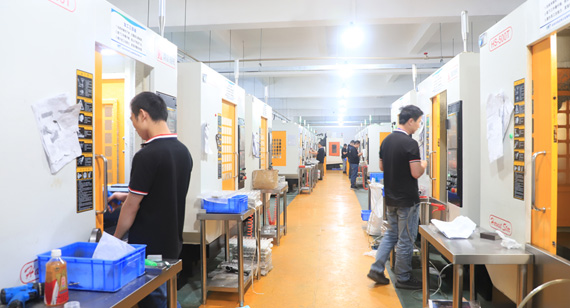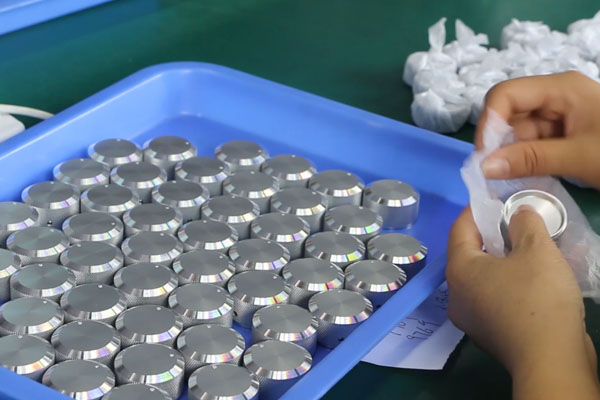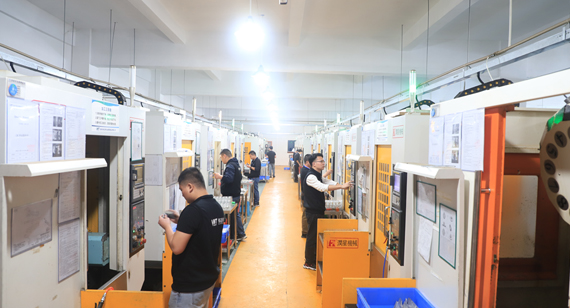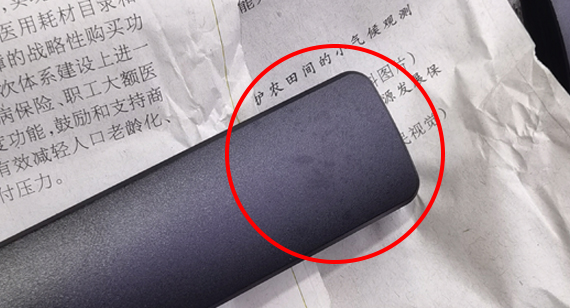15 years one-stop China custom CNC machining parts factory
The VMT blog is dedicated to sharing our hard-earned knowledge in prototype manufacturing. We hope these articles will help you optimize your product designs and gain deeper insight into the world of rapid prototyping. Enjoy the read!
Get an Instant Quote VMT
VMT  2024 03 03
2024 03 03 In the realm of custom CNC machined parts manufacturing, there exists a close relationship between lead time and quality. This relationship not only affects the production efficiency and customer satisfaction of CNC machining factories but also directly influences the competitiveness and sustainable development of businesses.
 66
66
 Read more
Read more
 VMT
VMT  2024 03 02
2024 03 02 In the realm of CNC machined parts manufacturing, assessing the delivery capability of CNC machining suppliers is a critically important task. This not only concerns the smooth execution of production plans but also directly impacts operational efficiency and customer satisfaction.
 66
66
 Read more
Read more
 VMT
VMT  2024 03 01
2024 03 01 In the realm of CNC machining parts manufacturing, the coordination of delivery timeframes and production plans is a pivotal aspect to ensure smooth production processes. This article delves into the importance, challenges, strategies, and case analysis related to coordinating delivery timeframes and production plans for CNC machining parts.
 66
66
 Read more
Read more
 VMT
VMT  2024 02 29
2024 02 29 In the realm of CNC machined parts manufacturing, effective communication with CNC machining suppliers is crucial, especially when addressing delivery timeframes. The accuracy of delivery timelines directly impacts the execution of production plans, maintaining customer satisfaction, and the overall efficiency of the supply chain.
 66
66
 Read more
Read more
 VMT
VMT  2024 02 28
2024 02 28 In the realm of CNC machined parts manufacturing, urgent deliveries pose a common challenge requiring high levels of expertise and adaptability. When faced with urgent delivery requests from clients, CNC machining facilities must navigate the task of meeting time constraints while ensuring quality—a test of the facility's comprehensive capabilities and management proficiency.
 66
66
 Read more
Read more
 VMT
VMT  2024 02 27
2024 02 27 In the realm of CNC machined parts manufacturing, the popularity of CNC machining stems from its characteristics of high precision and efficiency. However, in actual production, delays in the delivery of CNC machined parts are not uncommon. This not only affects customer satisfaction but may also have negative impacts on the production efficiency and reputation of CNC machining facilities.
 66
66
 Read more
Read more
 VMT
VMT  2024 02 26
2024 02 26 In the realm of CNC machined parts manufacturing, the accuracy of delivery timelines stands as a pivotal benchmark for assessing the overall capability and credibility of a CNC machining facility. As market competition intensifies, customer demands for precise CNC machined parts delivery have surged.
 66
66
 Read more
Read more
 VMT
VMT  2024 02 25
2024 02 25 In the realm of CNC machined parts manufacturing, surface adherents and impurities pose common challenges, potentially impacting the appearance, performance, and reliability of parts. To ensure the quality and reliability of parts, effective measures must be taken to address these surface adherents and impurities.
 66
66
 Read more
Read more
Ready To Start Your Next Project?
Get Instant Quote

Request a Free Quote
Send us a message if you have any questions or request a quote. We will get back to you ASAP!
